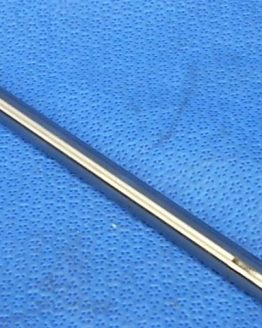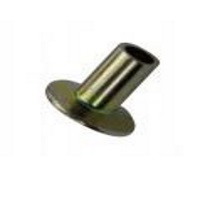Guidance as per Kenya Subsidiary Legislation, 2018
1) In case of danger of collision between two aircraft taxiing on the movement area of an aerodrome the following shall apply—
(a)when two aircraft are approaching head-on, each aircraft shall stop or where practicable alter its course to the right so as to keep well clear;Surface movement of aircraft.
(b)when two aircraft are on a converging course, the one which has the other on its right shall give way;(c)an aircraft which is being overtaken by another aircraft shall have the right-of-way and the overtaking aircraft shall keep well clear of the other aircraft.(2) An aircraft taxiing on the maneuvering area shall stop and hold at all runway-holding positions unless otherwise authorized by the aerodrome control tower.(3) An aircraft taxiing on the maneuvering area shall stop and hold at all lighted stop bars and may proceed further when the lights are switched off.
28.(1) This regulation shall apply to aeroplanes and vehicles on the movement area of a land aerodrome.(2) Notwithstanding any air traffic control clearances, it shall remain the duty of the pilot-in-command of an aircraft to take all possible measures to ensure that his aircraft does not collide with any other aircraft or with any vehicle.(3) Emergency vehicles proceeding to the assistance of aircraft in distress shall be afforded priority over all other surface movement traffic.(4) Subject to sub-regulations (2) and (3), in case of danger of collision between two aircraft taxiing or other vehicular traffic moving on the movement area of an aerodrome—(a)aircraft and vehicles shall give way to aircraft which are taking off or landing;(b)vehicles towing aircraft shall give way to aircraft which are landing, taking off or taxing;(c)vehicles which are not towing aircraft shall give way to aircraft; and(d)vehicles shall give way to other vehicles towing aircraft
Remember Safety First



